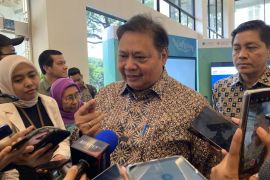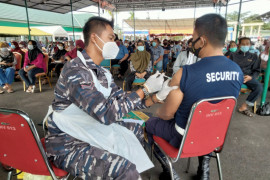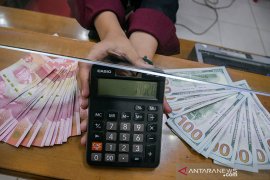"Hopefully, investment realization will increase in the second semester, and growth in investment will improve," Brodjonegoro noted here on Tuesday evening.
Meanwhile, consumption is expected to be stable in the next two quarters. In the second quarter of 2017, household consumption grew only 4.95 percent year on year (yoy), or just 0.01 percent higher than the previous quarter. In fact, in the previous years, consumption growth in the second quarter was generally higher than the first quarter.
"Although there is a slight slowdown, we can encourage consumption to reach five percent," he remarked.
Indonesias economic growth stagnated at 5.01 percent yoy in the second quarter as compared to the first quarter, the Central Statistics Agency (BPS) had earlier announced on Monday in Jakarta.
Private consumption, which accounts for more than half of the countrys gross domestic product, grew by 4.95 percent yoy, slightly higher than 4.94 percent recorded in the first three months of the year.
In terms of production, growth was driven by almost all business fields, with the highest growth achieved by the IT sector, with 10.88 percent. On the expenditure side, the highest growth was recorded in non-profit consumption spending serving households, with 8.49 percent.
According to the BPS, an improved investment performance, or gross fixed capital formation (PMTB), had contributed to the economy in the second quarter of 2017. The growth in PMTB is driven by investment in buildings, vehicles, and other equipment.
Investment in buildings during the period grew in line with increased activity in the construction sector, such as infrastructure development.
In addition, investment is supported by the realization of central government capital expenditure in the 2017 state budget of Rp35.7 trillion, an increase of 4.36 percent as compared to the same period last year.(*)
Editor: Heru Purwanto
Copyright © ANTARA 2017











